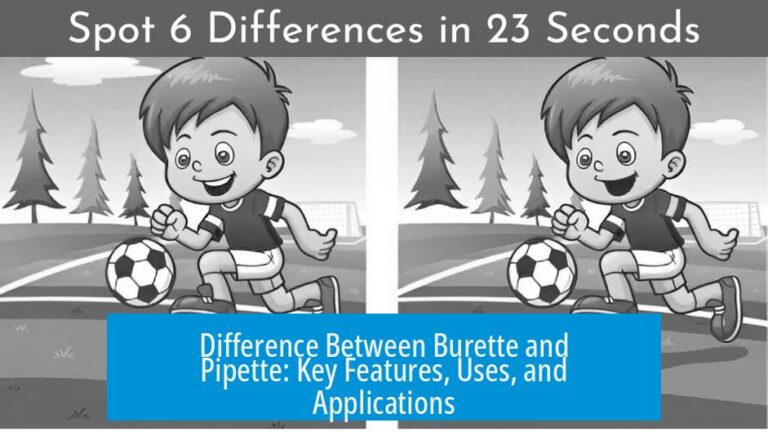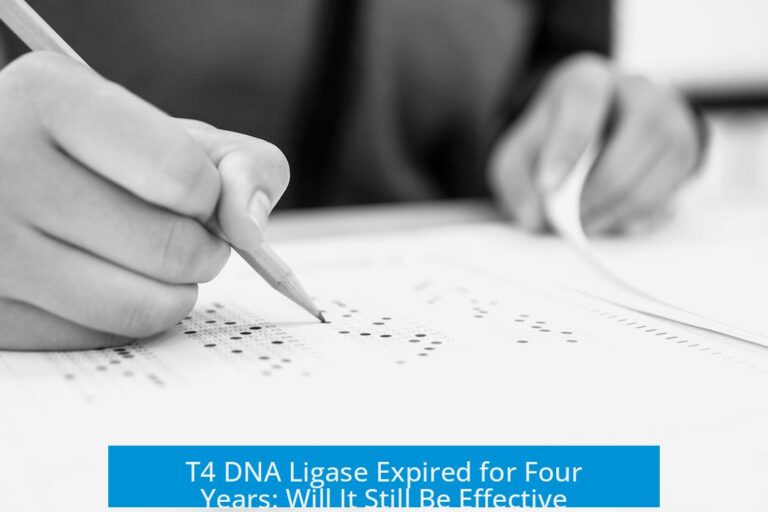Site-Directed Mutagenesis: PCR Settings and Primer Design

Site-directed mutagenesis requires precise PCR settings and carefully designed primers to ensure successful mutation incorporation. The process relies heavily on primer length, composition, and PCR conditions. Proper strategy reduces failed amplifications and improves mutation accuracy.
Primer Design for Site-Directed Mutagenesis
Primers for site-directed mutagenesis must be longer than standard primers. Typically, primers around 30 base pairs achieve better specificity. Extending beyond the mutation site, especially after the mutation, enhances binding stability.
- Length: ≥30 bp preferred to ensure specificity.
- Extension: Add at least 15–20 bp beyond the mutation site for stable annealing.
- Re-design: If amplification fails, redesign primers with longer arms to improve binding.
Designing primers with sufficient flanking sequences stabilizes hybridization. Efficient primers reduce smearing and nonspecific bands in PCR products.
PCR Settings and Troubleshooting
Common difficulties include no amplification or smeary bands. Absence of visible PCR product suggests issues in cycles, template quality, or primer design.
- Verify PCR conditions: Use a control primer set. Pair the forward primer with a known good reverse primer that binds the template. Successful amplification confirms proper PCR parameters.
- Test larger fragments: Amplify larger plasmid regions with alternative primer pairs to validate overall PCR setup.
- Use additives: Adding DMSO can enhance amplification by reducing secondary structures and promoting primer binding.
Smearing is common with site-directed mutagenesis primers, and a smeared band can still produce usable mutated plasmid after DpnI treatment.
Template and Primer Binding Confirmation
Confirm the plasmid identity before proceeding. Verify that the plasmid template matches the expected sequence and that it does not carry interfering elements like shRNA that may affect amplification.
- Use flanking primers together with mutagenic primers to check correct annealing sites.
- Sequence the plasmid fully to confirm primer binding accuracy. Services like Plasmidsaurus provide rapid sequencing to validate template integrity.
Summary of Key Points

- Design primers ≥30 bp with extra bases beyond mutation sites for stability.
- Test PCR conditions with control primers to isolate amplification issues.
- Use DMSO additives to improve PCR efficiency if needed.
- Verify plasmid identity and sequence primer binding regions.
- Smearing is typical; DpnI treatment and transformation can proceed despite smear.
Mastering Site-Directed Mutagenesis: PCR Settings + Primer Design Tips You Can’t Miss
So you want to do site-directed mutagenesis (SDM)? The heart of your success beats through two critical steps: primer design and PCR setup. Nail these, and your mutation dream can turn into reality. But miss the mark, and your experiment might look like a sad smear on a gel.
Let’s dive into the nitty-gritty of this crafty technique with a dose of practical wisdom and a sprinkle of humor. Because mutating DNA shouldn’t feel like deciphering an alien language.
Primer Design: The Foundation of SDM
You’ve probably heard that longer primers are better — and it’s true. When it comes to SDM, longer is definitely stronger.
Why? Because long primers provide better specificity and binding stability. A neat rule of thumb: aim for primers around 30 base pairs (bp). Not just eyeballing — 30 bp was the sweet spot in my own SDM adventures. Shorter than that? You might be flirting with failure.
And don’t stop at the mutation site!
“I usually design a regular primer (~20+ bp), then add whatever I need on the other end to strengthen binding. Trust me, it pretty much always works.”
Here’s the deal: if you only cover 15 bp beyond your mutation, your primers might be swimming in shallow water — too little anchorage.
A practical tip: surround the mutation site with longer flanking sequences. Imagine your primers like a warm hug for your DNA template — the more coverage, the stronger the embrace.
And if your primers just aren’t cutting it? Redesigning with longer arms is a safer bet than throwing darts.
PCR Conditions and Troubleshooting: When Things Get Messy
PCR with SDM primers can be a rollercoaster.
Ever run a PCR and see nothing but a sad smear of DNA on your gel? It happens. Sometimes smeary products are normal in SDM because your primers are unique, and the amplification isn’t as clean as a textbook example.
“No clear bands? No problem! You can still treat your product with DpnI and transform. Often works out fine.”
That said, understanding your PCR output is key. Ask yourself:
- How many cycles did you run?
- Did you see any staining on your gel, or just a smear?
These clues help diagnose if you’re facing a technical hiccup or just natural PCR fuzziness.
Don’t want to be completely in the dark? Run a control PCR using just your forward primer combined with a reliable reverse primer that binds your template well. If that lights up your gel with a clean band, your PCR conditions are fine. The problem, then, might be with your mutant primer.
Here’s a clever trick:
“Use a second primer pair binding further away on the plasmid to amplify a big chunk (~4.5 kb). That way, you get nice clear bands and confirm your template’s integrity and PCR setup.”
And if you hit persistent stubbornness, consider additives like DMSO. It’s a PCR booster, helping your primers deal with tricky secondary structures or high GC content. Sometimes, even DNA hates being too curled up.
Confirming Template and Primer Binding Sites: Because Guessing is for Amateurs

Before you go from hopeful scientist to DNA sorcerer, ask yourself: Are you absolutely sure about your plasmid template?
Don’t just trust the vial label and wish for the best. Check. Sequencing is your BFF here.
“If you haven’t sequenced your plasmid yet, do it pronto. Services like Plasmidsaurus offer affordable full plasmid sequencing overnight, just for $15.”
Sequencing helps verify that:
- Your plasmid is what you think it is.
- Your primer binding sites match your design perfectly.
- There aren’t hidden shRNAs or unexpected sequences messing with your amplification.
Also, try combining your SDM primers with flanking primers as a double check. This approach confirms that your SDM primers actually bind where you expect. It’s the molecular equivalent of a buddy system.
Final Insights and Recommendations
Summing it up:
- Design primers ≥30 bp long, with ample flanking sequences beyond the mutation site.
- Expect messy gels sometimes, but confirm PCR setup using control primers.
- Use additives like DMSO if amplification challenges persist.
- Sequence your plasmid template before deep troubleshooting.
SDM is one of those lab ninja moves — powerful but requires precision.
Have you ever battled a failed site-directed mutagenesis? What tricks helped you conquer the beast? Share your story below — let’s turn those PCR woes into warrior tales!
What primer length is recommended for site-directed mutagenesis?
Longer primers are preferred, typically around 30 base pairs. This length helps ensure proper binding and successful amplification during PCR.
How should primers be designed around the mutation site?
Design primers with additional base pairs beyond the mutation site. A typical approach is to add about 20 or more base pairs on each side of the mutation to ensure stable annealing.
What if PCR yields smeary or no clear bands?
Smeary bands can be normal in SDM PCR. Using a control primer paired with an alternative reverse primer can confirm if PCR conditions are correct. Adjusting additives like DMSO may also improve results.
How can I verify that primers anneal correctly to the template?
Use flanking primers alongside your mutagenesis primers to confirm correct binding. Also, sequencing the plasmid helps verify primer sites and the identity of the template.
Is it important to confirm the plasmid identity before starting mutagenesis?
Yes. Verify you are using the correct plasmid and check if it contains elements like shRNA. Misidentified templates may cause PCR failure or unexpected results.





Leave a Comment